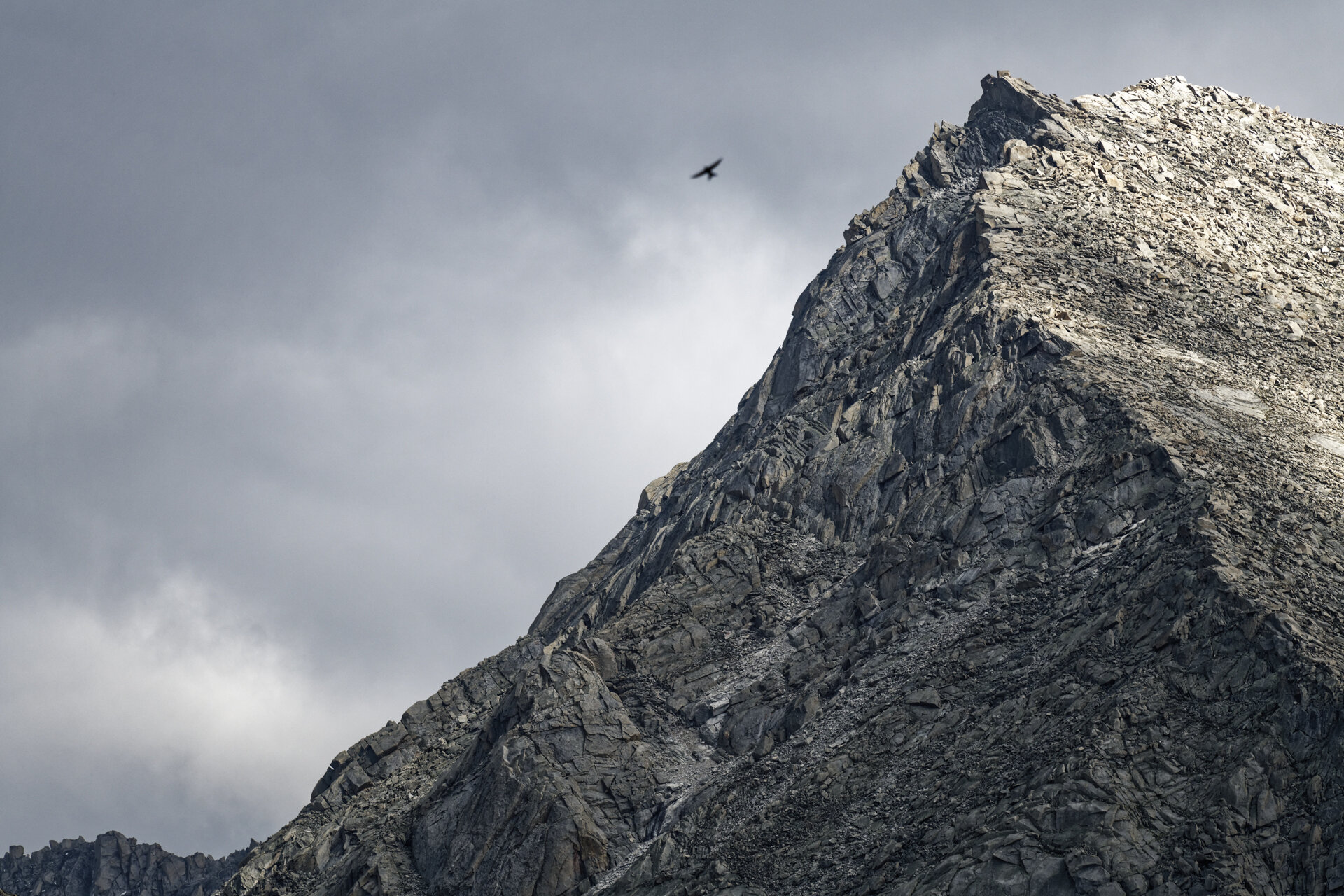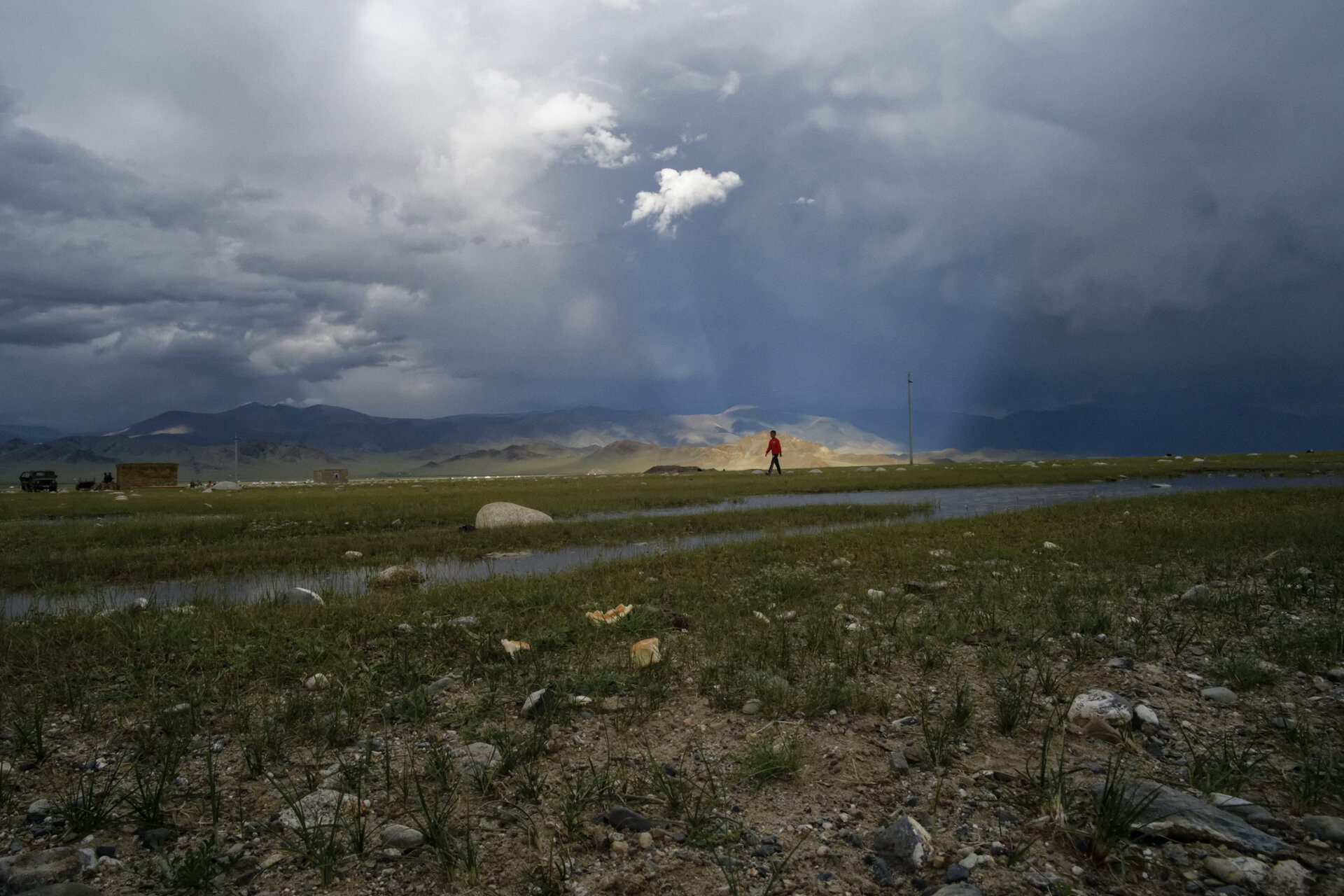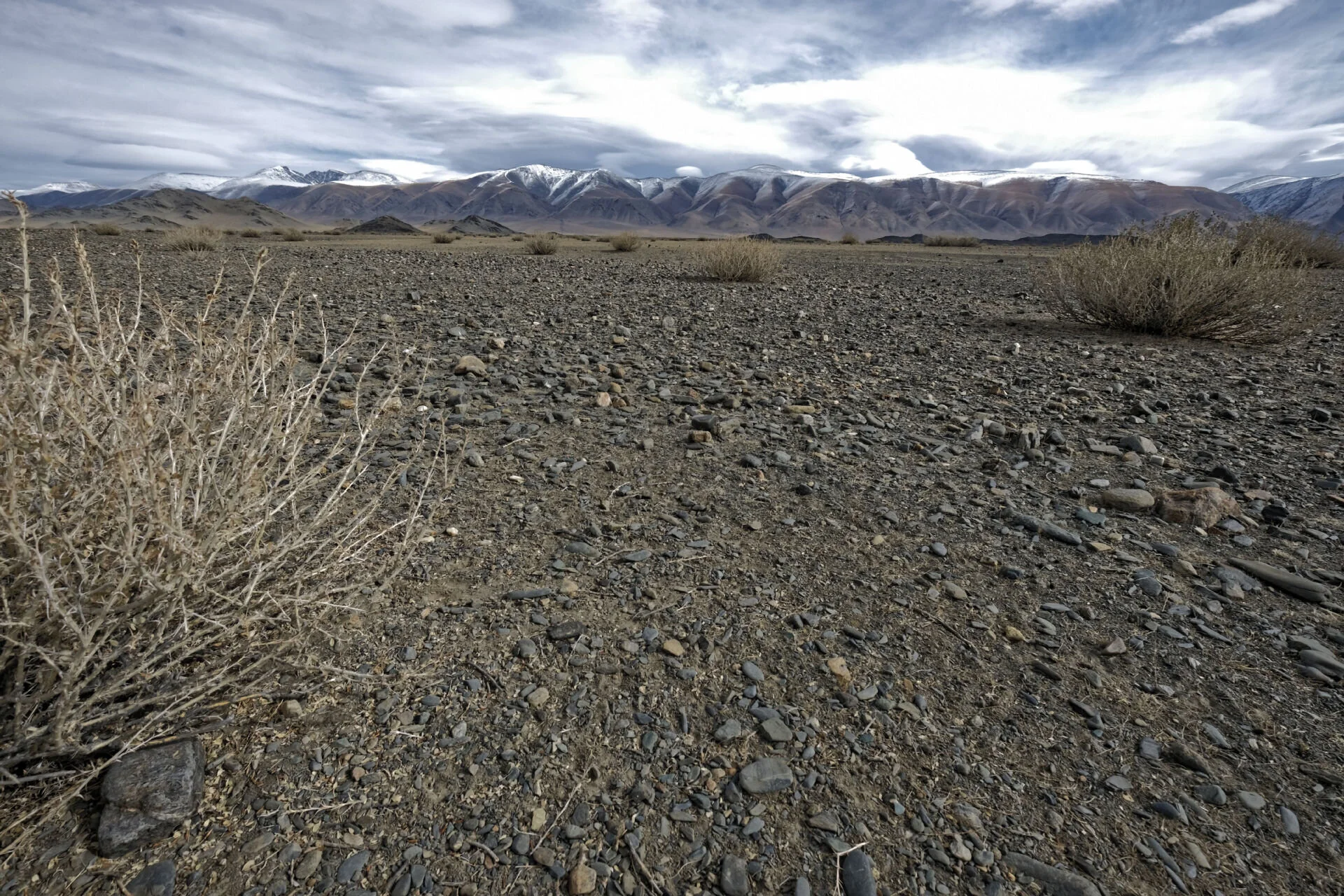
Snow Leopards of the Altai Mountains
For centuries, humans have coexisted with wildlife practicing nomadic or semi- nomadic pastoralism, herding sheep and goat flocks, cattle, horses, yaks, and camels. Mongolia is the world’s leading pastoral nation, with rangelands covering 83% of the country’s 1.29 million km2. Due to its low and sparsely distributed human population and their relative economic isolation, Mongolia and Tibet represent the last stronghold in Central Asia for many species of ungulates and carnivores considered rare, endangered, or declining elsewhere in their ranges, including the snow leopard, perhaps the world’s most elusive and charismatic big cat.
With an estimated total wild population of 4,500 individuals, snow leopards inhabit mountainous rangelands at elevations of 3-5,000m in the Himalayan and Tibetan Plateau, but as low as 600m in Russia and Mongolia. This species’ habitat is among the least productive of the world’s rangelands due to very low temperatures, high aridity, extreme seasonal conditions, and a harsh climate. Consequently, prey population densities are relatively low.
Often referred to as the ghost cat, the snow leopard is now as endangered as the tiger with perhaps only 4,500 of these elusive big cats now surviving in the wild. The declining population of snow leopards and countless other species is symptomatic of the global destruction of nature.
Industrial civilization has wiped out 60% of the worlds wild animals since 1970.With over 3 million years of evolution behind them, snow leopards represent one of the most secretive and efficient predators on the planet. With massive shoulders and a huge tail for counterbalance, they can bring down prey three times their own weight in the most extreme mountain environments on earth.
Besides its naturally low density, the primary challenges for conservationists are the snow leopards elusive and cryptic behavior, large home range, and dependence on prey populations that are declining. With the depletion of its prey, snow leopards often resort to killing livestock which in turn encourages local herders to resort to retribution killings.














































